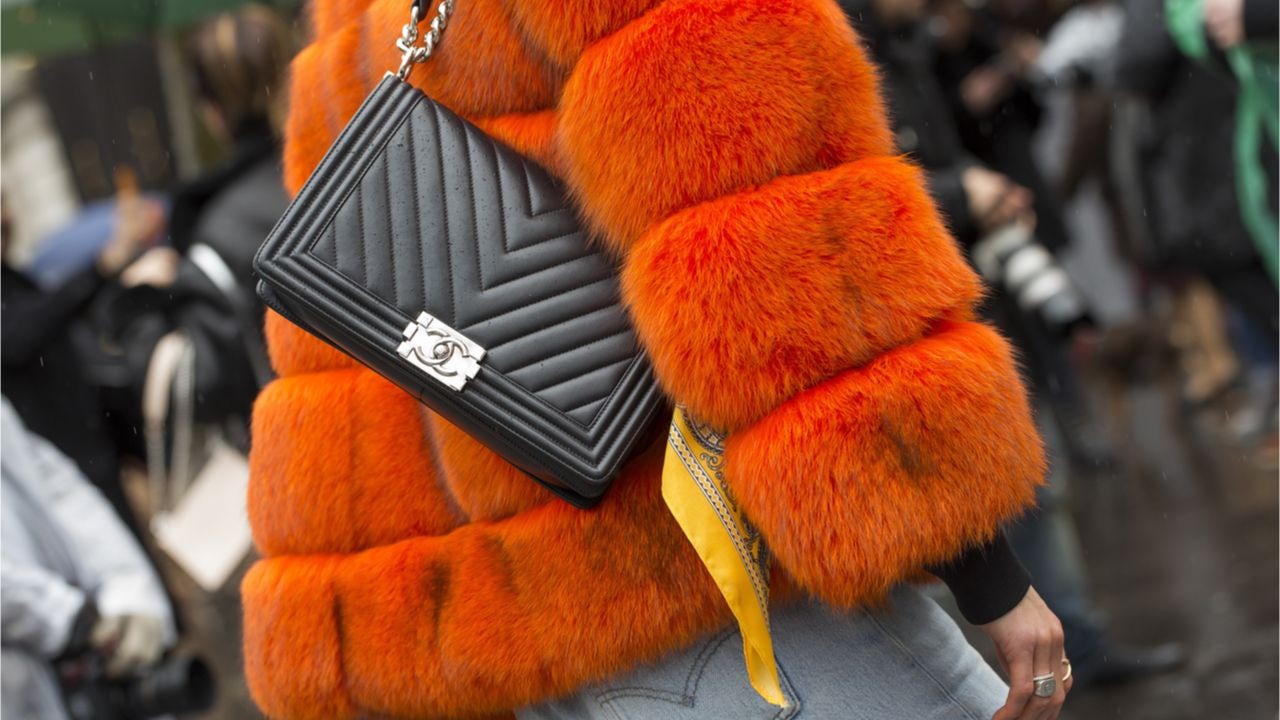This week, the US saw a record number of COVID-19 cases. Businesses that hoped to leave lockdowns behind and participate in an economic rebound now have to think twice. States like Texas have halted their reopenings, and regardless of their state’s official lockdown measures, many consumers are afraid to go out in public. Many shopping malls are empty, and retailers have far less traffic than before the pandemic. Any new infection surges could potentially take months to control if spring’s first wave is any indicator.
Meanwhile, Europe seems to have gotten the virus under control, at least for now. However, no one knows when consumer sentiment will return to its pre-COVID-19 levels. I’m advising all my clients to stay alert and to keep implementing thorough crisis mitigation measures, as it’s better to err on the side of caution than to risk a brand’s future.
Now that we’re seeing record unemployment levels in the US and Europe, it should take a while before consumer spending goes back to pre-pandemic levels. A study by JP Morgan from 2011 analyzed how fast economic indicators rebounded after the last recession. According to their data, unemployment in 2011 only gained back 20 percent of its 2007 level (the year before the 2008 economic crisis). If the past is any predictor, the pandemic will have a lasting effect on economic recovery. While I predict that the luxury sector will recover faster than others, it will still take a while for the US economy to return to its pre-COVID-19 strength. Équité had initially predicted a US luxury sector rebound would happen during the first quarter of 2021. But its latest forecast placed a potential rebound in the third quarter of 2021, with the full effect only taking place in 2022.
For luxury brands, that means they’ll need to accelerate their relief efforts and coping strategies. One crucial strategy will be a renewed China focus. China has proven to be the most resilient and fastest-growing luxury market. Many predicted the luxury sector to go into long-term slow-down when the government began taking action against corruption during the mid-2010s, but the opposite happened. While some brands saw short-term declines, the sector kept growing, and China soon became the top country for luxury consumption. Now, Chinese consumers account for approximately 40 percent of all global luxury purchases.
Équité predicts that by 2030, China could account for as much as 50 percent of the global luxury market. In other words: We are now entering the Chinese Decade. For luxury brands, success in China will become even more crucial than it was before. But, unfortunately, many brands aren’t prepared for this, as they’ve already severely underperformed in China (which I still believe to be the most underestimated market).
Given the Chinese economy’s solid rebound after the lockdown period, the Chinese market isn’t just important in the long-term. Over the short-term (the next 18 months), brands that aren’t able to connect with Chinese customers will suffer badly because other markets are still lagging. Chinese consumers are incredibly sophisticated: They worship luxury brands but are also incredibly savvy about every detail of a brand’s storytelling. Brands that don’t resonate with them don't have a chance.
Since many luxury brands are struggling in Europe and the US, they understand that promising signs in China are both an opportunity and a risk. The top-choice luxury brands of high-end Chinese consumers now have a chance to gain a permanent share of the market when those consumers start spending again.
Meanwhile, this moment is a painful awakening for weak luxury brands that weren’t been focusing on China before the crisis. Brands that struggled before the outbreak will continue to lose momentum and relevancy, which is a deadly proposition in the short- or the long-term. For those brands, their issues will drastically accelerate, since a crisis always exposes and amplifies weaknesses. Even names that read like a “who’s who” of luxury brands are currently experiencing shock waves. Those that resisted change or were too slow in winning over Chinese millennials and Gen Zers are now in panic mode. Yet, many CEOs still hope everything will just “go back to normal,” even though their brands were failing before COVID-19. Now, they need immediate and drastic changes.
In China, brands must make a long-term commitment and have a precise customer acquisition strategy. Many brands are looking to China with the hopes of profiting from a COVID-19 rebound, but they will fail if they don’t have the right plan and advanced tools. I often see Western brands with marketing campaigns that are highly ineffective with an ROI that’s not close to competitive. To put it bluntly: Their content isn’t relevant, their sales and channel strategies are insufficient, and too few consumers have been activated. They waste money while the gap between their brand and the top brands continues to widen.
For brands to avoid a nightmare scenario, a rigorous China strategy is needed. It has to include brand storytelling, customer engagement, relevant content, a KOL strategy, a meticulous digital masterplan, and a China-proof digital infrastructure that allows for real-time brand and ROI management. Most brands' China strategies have deficits in all areas. The awakening is brutal, forcing many brands to exit with huge losses. Money is burned, and brand equity gets destroyed.
Luxury brand CEOs need to acknowledge that Chinese consumers have a different profile than Western consumer profiles. They are much younger (between 25-30 is the sweet spot), are highly educated/sophisticated, have high expectations, and are digitally-native. They perceive a brand as a whole, not as the sum of its parts and features. That makes brand positioning and storytelling so much more intricate in China. And digital nativity doesn’t mean stores are obsolete to them, quite the contrary. For them, a store can’t just be a place of transaction anymore. It must create a unique experience to be relevant to young consumers.
China is the most promising and exciting market for luxury brands — both now and in the future. It is a tremendous opportunity for growth for those who can crack the China code. But for the others, it will sadly accelerate their downfalls.
Daniel Langer is CEO of the luxury, lifestyle and consumer brand strategy firm Équité, and the professor of luxury strategy and extreme value creation at Pepperdine University in Malibu, California. He consults some of the leading luxury brands in the world, is the author of several luxury management books, a global keynote speaker, and holds luxury masterclasses in Europe, the USA, and Asia. Follow @drlanger


